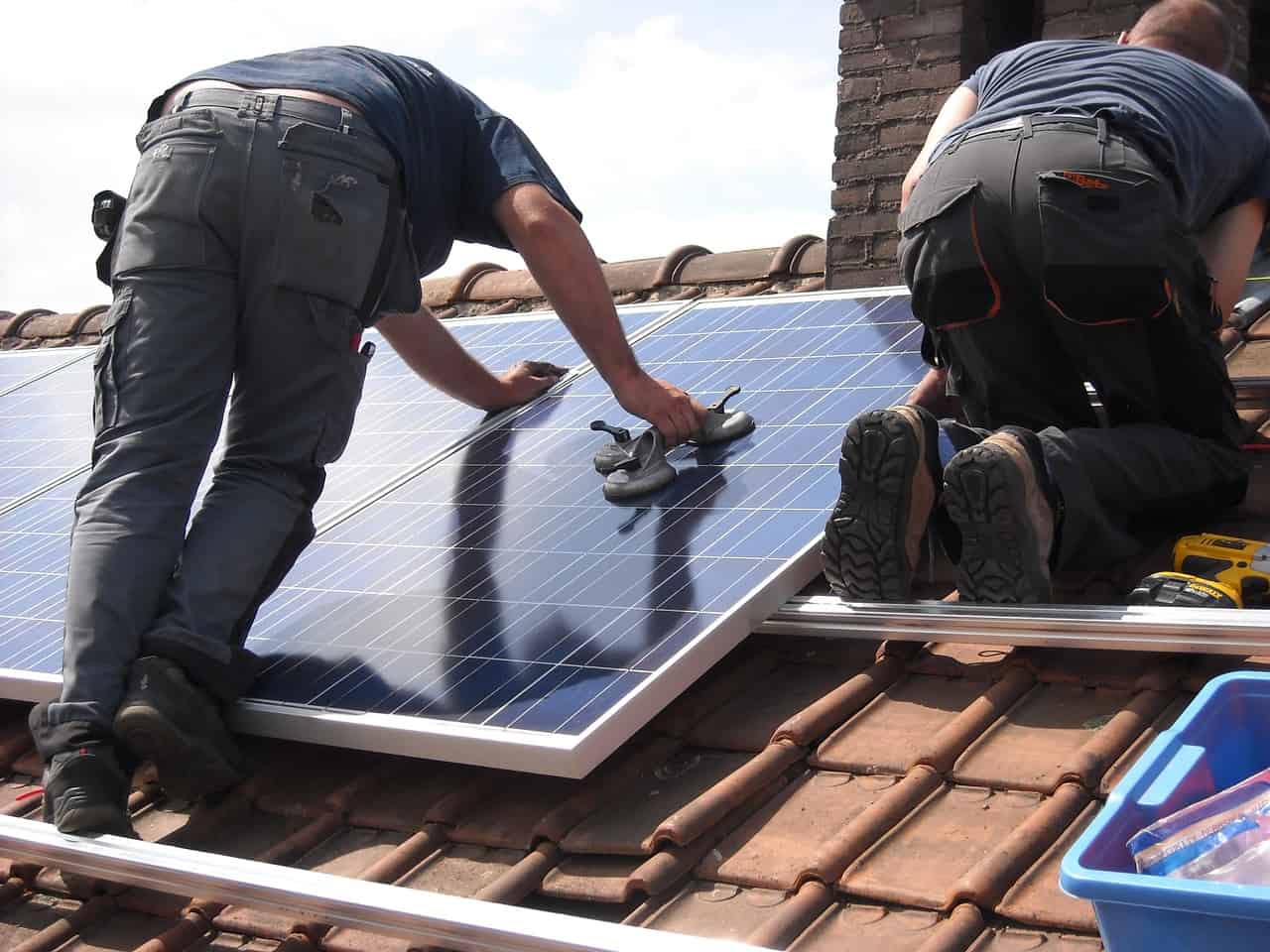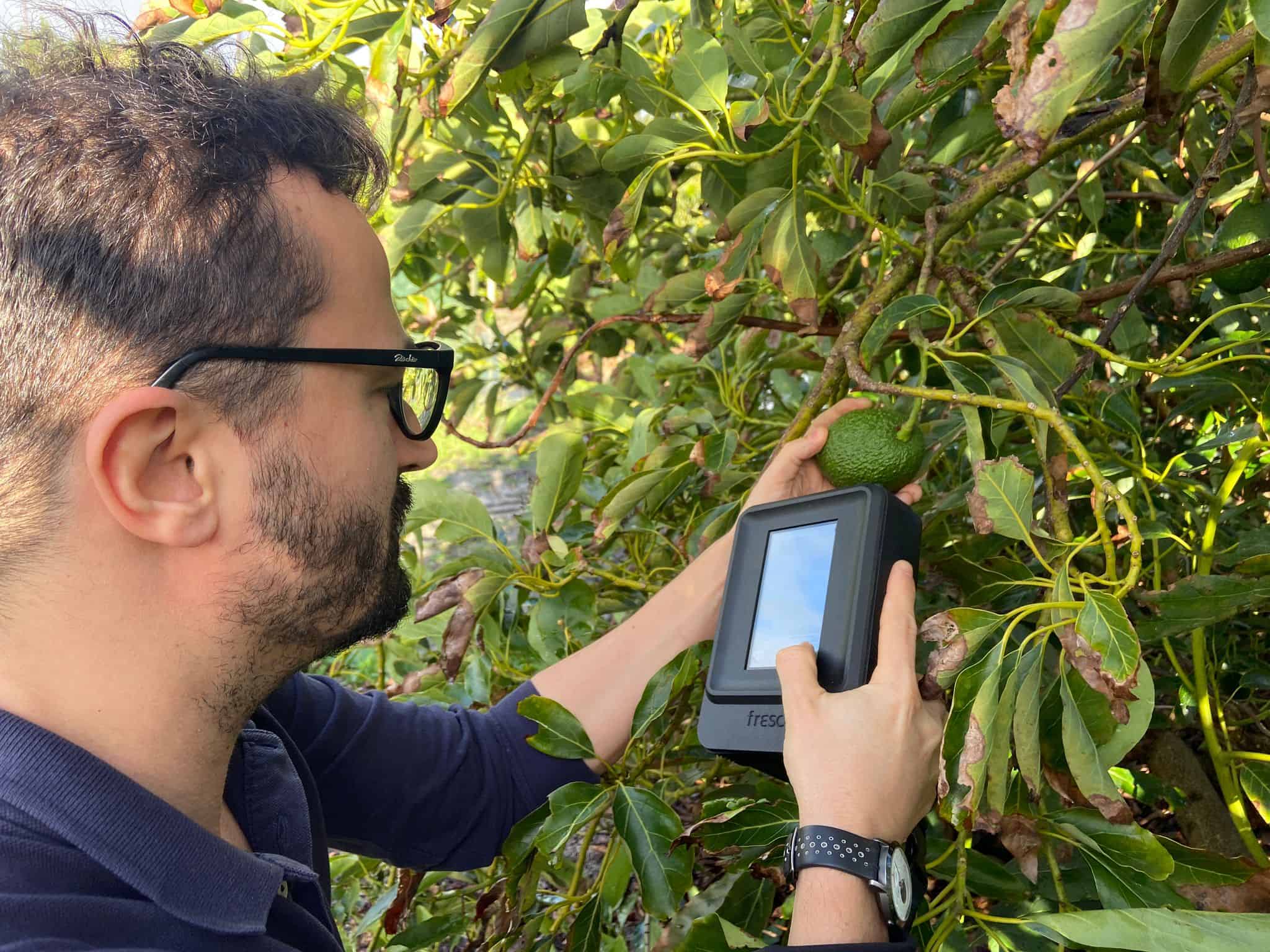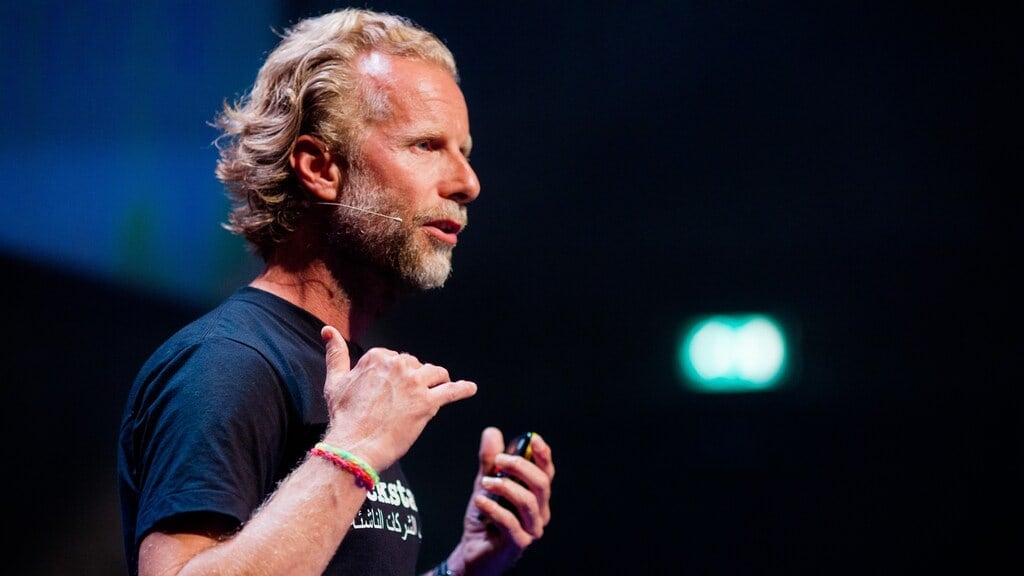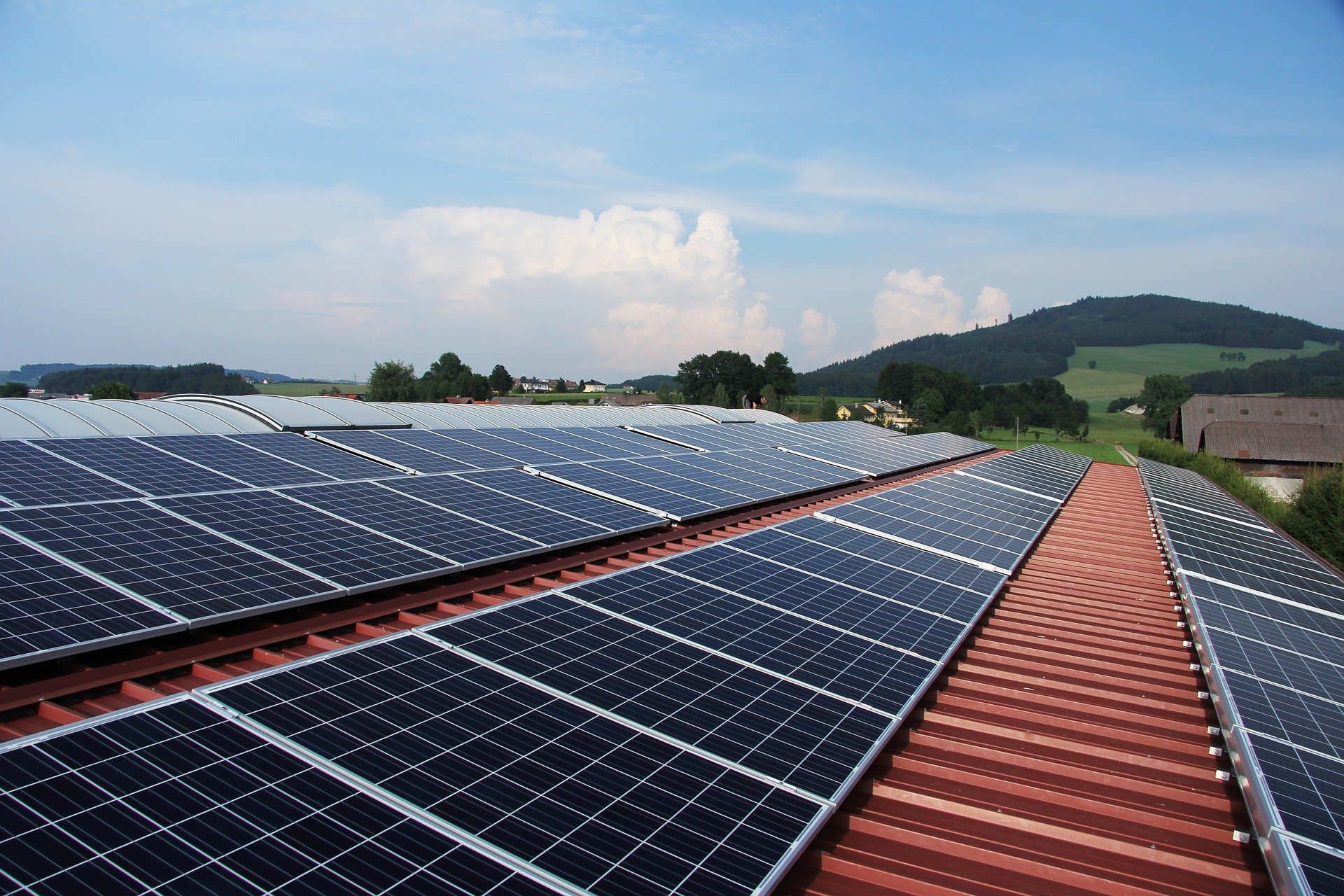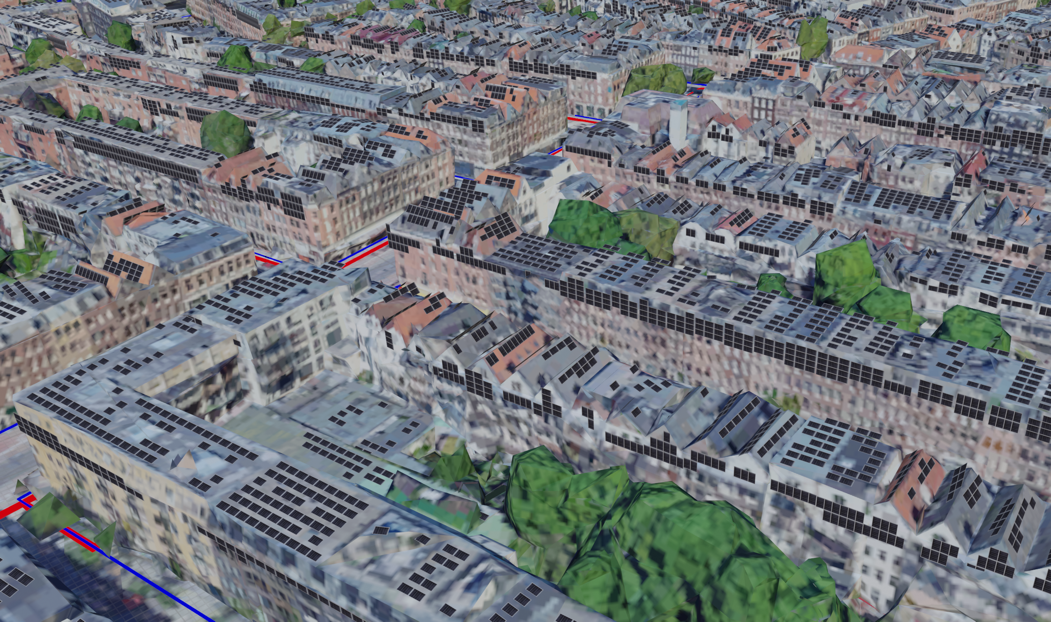
Would you like to see for yourself how well your house is suited for solar panels? Or for urban planners: To be able to see at the push of a button which ambitions are actually possible for solar energy installations? This is now possible thanks to tools from the sustainable energy laboratory at the Delft University of Technology (Electrical Sustainable Power Lab, TU Delft) in the Netherlands.
This hub for generating sustainable electrical energy in Delft is trying to lend a helping hand owing to the ever-increasing need for sustainable energy and more and more citizens purchasing solar panels. Recently a webinar which focused on the activities of Delft-based experts (the Solar Urban research group) concerning solar panels was fully booked. This just goes to show how ‘hot’ their efforts are.
Amsterdam: solar panels on every rooftop
A major challenge in renewable energy generation is the integration of solar panels on an urban level. Amsterdam is endeavoring to lead the way here. This is where the Delft researcher Maarten Verkou, under the guidance of Dr. Hesan Ziar and Dr. Olindo Isabella, has tried to make clear what kind of contribution solar panels are capable of making. He conducted research into that with funding from the AMS Institute and colleague Paul Voskuilen.
No rooftop should be left unused, that is the ambitious aim of the capital. The total potential is estimated at 1100 megawatts. Half of that has to be realized by 2030. Verkou has mapped out how much unused rooftop surface there still is in Amsterdam, how much energy that would be able to generate and what the obstacles are.
Amsterdam wants to know where the highest energy yield can be achieved, in a neighborhood, on a street, or on a house. Verkou examined the factors that play a role in this. In addition to the amount of sunshine, these include limitations due to the low-voltage capacity of the electricity network, the aim to turn rooftops blue-green, or the historical quality of a building. The study resulted in 3D models with simulations and calculations. Verkou: “The main goal of the project is to create a roadmap for the city of Amsterdam for the installation of solar panels. This will be presented in the form of an advent calendar. Based on this, it will be determined which zones and neighborhoods will be the first to be dealt with.”
Solar panel yield: height and horizon
The first step is to calculate the maximum possible yield from solar energy for each house, in order to determine the locations whereby the payback period for recouping the costs of solar panels is less than ten years. Calculations per house can be done with the Actueel Hoogtebestand Nederland, a digital contour map for the whole of the Netherlands which provides detailed information about the height of buildings. This file has taken data from an airplane laser scan (Lidar). Verkou: “With this, you can then, for example, distinguish buildings from plants and see which rooftops are suitable for solar panels.”
Virtual solar panels are placed on all the rooftops and walls using a three-dimensional model and their position in relation to the sun is subsequently optimized.

Normally, the energy yield of each solar panel is calculated on an hourly basis depending on the position of the sun, atmospheric temperatures and other climatic parameters. This is a time-consuming task. The horizon is the only thing that is looked at in this method.
Verkou explains the method as follows: “We first calculate how much of the horizon is blocked by buildings or the like. This determines how much light from blue sky falls on the solar panels. In other words, indirectly, or diffuse light. Besides that, we calculate how many hours the sun is not behind a building. As in, the amount of direct sunlight. These two indicators are enough to determine the annual yield, skipping quite a few steps in the process.”
An esitmate can be made of the the annual energy yield for a neighborhood or even a city using this faster and yet more accurate method than what is normally used. In just a few minutes, the potential yield of thousands of buildings can be obtained. This is because the calculation speed is as fast as 2.5 buildings per second.
Danger to the grid during peak loads
One of the problems, Verkou points out, is preventing a grid ‘overload’. This is an overload of energy as a result of a large discrepancy between yield and consumption. “This has already happened in Australia. At one point, the supply of solar energy was blocked in order to prevent a state-wide blackout. The grid manager had been given permission to regulate this.”
In this respect, Verkou is referring to the outdated, low-voltage electricity network in Amsterdam that has obvious limitations. “If all of these rooftops are filled to capacity, there will be some local areas where grid elements might collapse during peak loads.” In his view, this could also be prevented in Amsterdam by restricting the energy supply from solar panels.
Solar energy also has to contend with other concerns. If the choice is also made to convert rooftops into green spaces for a more livable climate or to let them collect extra rainwater during downpours, then there will be less room for panels.
Not on historic buildings
Moreover, policymakers need to indicate which buildings are historically too important to use for solar energy generation. It is not their intention to fill the palace on Dam Square with solar panels. Historic buildings have thus not been included in the calculations.
The virtualization of the possibilities of solar panels in urban areas incorporates multiple factors, such as green-blue roofs or historic buildings next to the maximum energy yield. This should provide public officials with an overview of their potential. The processing of various data layers for the overview is basically applicable everywhere. Verkou, therefore, expects that it will be applied in Rotterdam and other cities as well. Modeling of the large-scale implementation of solar panels in urban environments is also useful for determining where the network manager needs to intervene to prevent a failure caused by too much solar power being generated during good weather.
Owners can calculate their own yield
For interested property owners and other parties (companies and governments), information can already be provided for each address throughout the Netherlands. Property owners should be able to gain insight into the cost-effectiveness of solar panels on their premises using input data, thereby helping them in their purchasing decisions.
On the Dutch PV Portal, information about solar energy can be obtained based on scientific research by the Photovoltaic Materials and Devices research group at TU Delft. The portal helps in making choices about the type of solar panels, where to place them on a building, and what kind of yields are possible. This is done with the help of an exact location.
Each interested party must indicate where solar panels are to be installed (on a sloping / flat roof) and the address. They should also indicate how many people live there (for an estimation of energy use), how many degrees the roof angle is, the available surface area and what the roof orientation is (wind direction). Data from the nearest weather stations are then used to calculate what net energy yields are feasible. Advice is then given on how to proceed.


